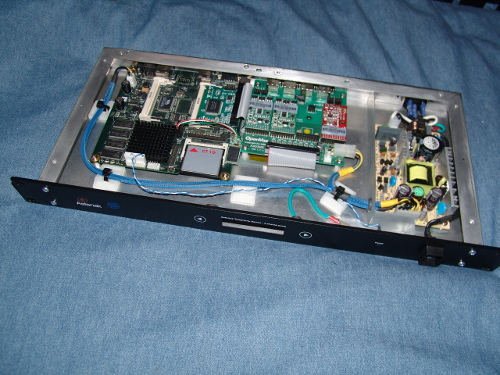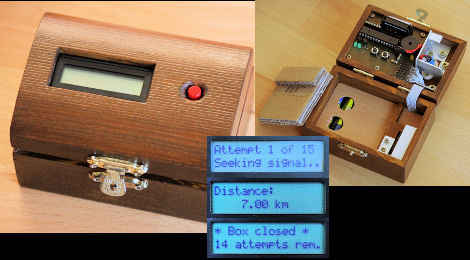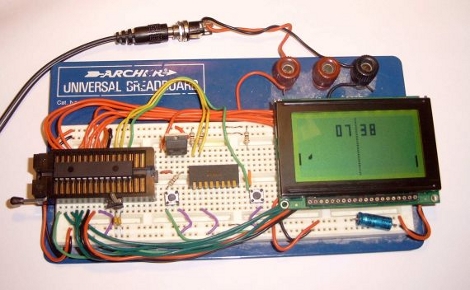
It looks like a consumer good, but this PBX server blade was built by [Benoit Frigon] over the last couple of years. It brings multiple telephone extensions to his home service.
The device runs Asterisk open source PBX software. Because it will be on all the time he wanted something that doesn’t draw a lot of power. The 500 Mhz system seen on the left has just a half a gig of ram. It’s enough to do the job and at 10 Watts it’s not going to break the bank when it comes to paying the electric bills. The board in the middle is used to interface the analog handsets with the land line. From the look of it he’s got it rigged for two extensions.
That’s all somewhat par for the course with PBX rigs, but the enclosure is where he really shines. [Benoit] used 22 gauge aluminum sheet to fabricate the enclosure which is designed to blend in with the rest of his home’s rack mount hardware. To provide control at the rack he added his own LCD and touch-sensitive button interface to the front of the case based on a PIC 18F2520. The system can also be accessed via the web thanks to a custom interface he coded.













